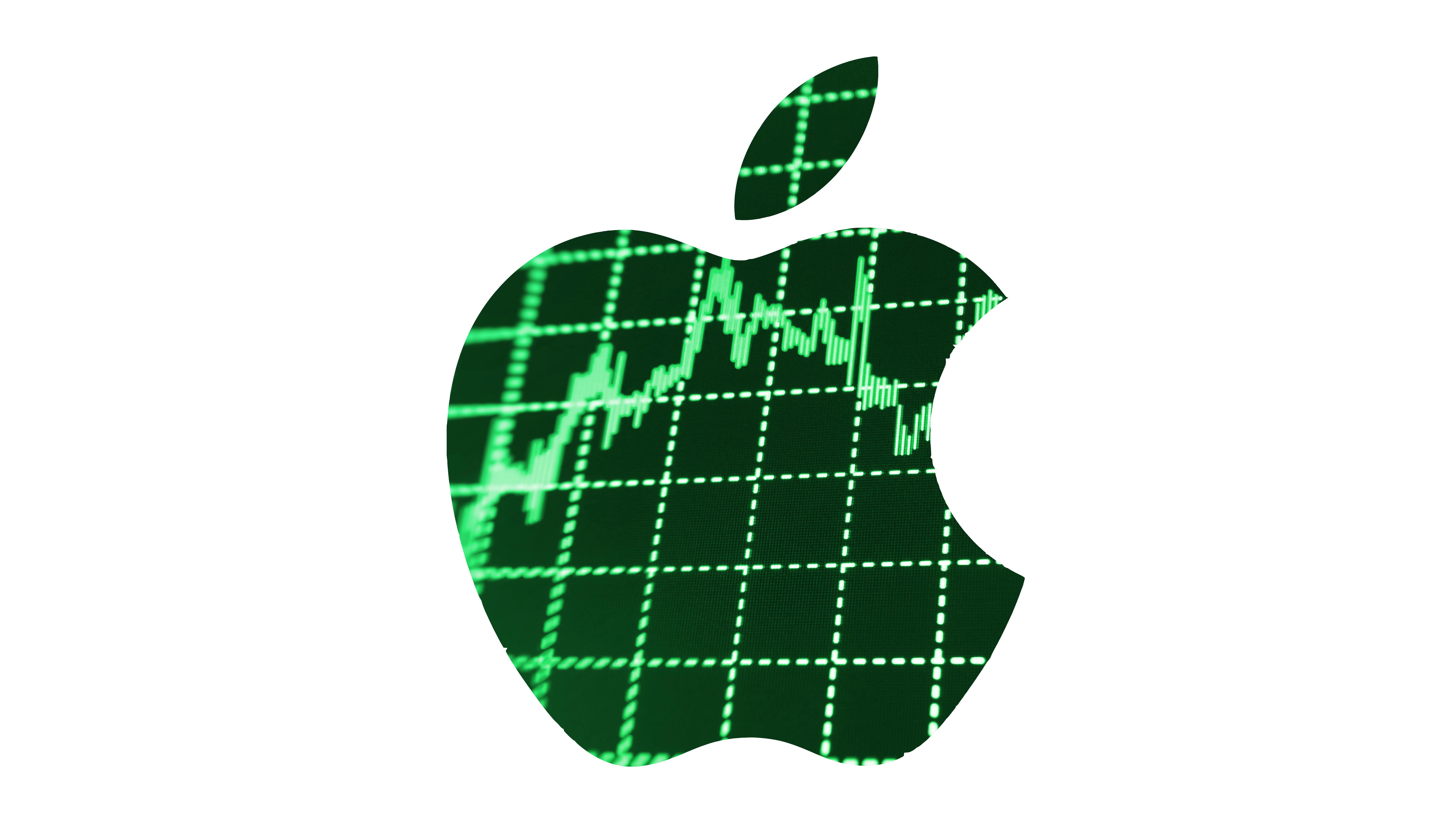Apple's profit nosedives 27% as iPhone sales plummet
But Apple clings to iPads and services as a silver lining


Plummeting iPhone sales saw Apple's revenue and profit fall for the second successive quarter, but its stock price still jumped after the company beat Wall Street's dismal expectations.
Apple raked in revenue of $42.4 billion (32.34 billion) in the three months ending June, a 15 per cent fall on the same period last year,and recorded a $7.8 billion (5.95 billion)profit, a 27 per cent drop on its record $10.7 billion profit last year.
That quarter last year saw iPhone sales grow 35 per cent, but this quarter they dropped 15 per cent to 40.4 million units, though the numbers still managed to exceed analyst expectations of 39.9 million units, as they posited that the iPhone had reached a point of saturation - or 'peak iPhone'.
These better-than-expected results have largely been attributed to the iPhone SE, launched in March, with CEO Tim Cook noting on an investor call that "demand outstripped supply throughout the quarter".
He said: "Our initial sales data tells us that the iPhone SE is popular in both developed and emerging markets, and the percentage of iPhone SE sales going to customers who are new to iPhone is greater than we've seen in the first weeks of availability for other iPhones launched in the last several years."
Hardware sales slumped in other areas too, however, with Mac and iPad sales declining by 0.5 million and 0.9 million respectively.But iPad revenue was actually up for the first time in ten consecutive quarters, however, due to the introduction of the more expensive iPad Pro range, which pushed the segment's revenue up seven per cent.
CFO Luca Mastri said: "Corporate buyers report a 94 per cent satisfaction rate for iPad and a purchase intent of 71 per cent for the September quarter." Cook similarly pointed to surveys indicating that around half of iPad Pro purchases are intended to be used for business.
Get the ITPro daily newsletter
Sign up today and you will receive a free copy of our Future Focus 2025 report - the leading guidance on AI, cybersecurity and other IT challenges as per 700+ senior executives
Services were also a high point, with its 19 per cent uptick representing the single biggest revenue increase in the company's portfolio. Itpulled in $6 billion in revenue for the June quarter and now makes up 11 per cent of the company's total revenues, with Cook predicting that it will be "the size of a Fortune 100 company next year".
Mastri boasted that the number of customers using the iTunes store and the average amount spent per customer had both reached record levels this quarter.
China struggles
One of the company's major revenue dips came from Greater China (which includes Hong Kong and Taiwan), where sales fell 33 per cent. This is despite a large amount of investment by Apple in appealing to Chinese consumers, including partnering with popular Chinese apps and services like WeChat and Didi Chuxing.
The company is also facing strong competition from increasingly sophisticated home-grown rivals like Huawei and Xiaomi. Cook was quick to allay fears, however, pointing out that the Chinese yuan has depreciated seven per cent against the dollar relative to August 2015.
He also highlighted Apple's exceptionally strong growth in the region last year, which led to a 112 per cent revenue increase. China continues to account for over 20 per cent of the company's overall revenue, though Apple is fighting a ruling that could ban it from selling iPhone 6 and 6 Plus phones there.
Cook also mentioned that India is currently one of the company's fastest-growing markets, with iPhone sales up by over 50 per cent year-on-year. This could be Apple's next major growth area, as the country's smartphone market is still almost universally dominated by cheaper Android handsets. Apple also experienced double-digit growth in other emerging market, including Brazil and Russia.
Adam Shepherd has been a technology journalist since 2015, covering everything from cloud storage and security, to smartphones and servers. Over the course of his career, he’s seen the spread of 5G, the growing ubiquity of wireless devices, and the start of the connected revolution. He’s also been to more trade shows and technology conferences than he cares to count.
Adam is an avid follower of the latest hardware innovations, and he is never happier than when tinkering with complex network configurations, or exploring a new Linux distro. He was also previously a co-host on the ITPro Podcast, where he was often found ranting about his love of strange gadgets, his disdain for Windows Mobile, and everything in between.
You can find Adam tweeting about enterprise technology (or more often bad jokes) @AdamShepherUK.
-
 Cleo attack victim list grows as Hertz confirms customer data stolen
Cleo attack victim list grows as Hertz confirms customer data stolenNews Hertz has confirmed it suffered a data breach as a result of the Cleo zero-day vulnerability in late 2024, with the car rental giant warning that customer data was stolen.
By Ross Kelly
-
 Lateral moves in tech: Why leaders should support employee mobility
Lateral moves in tech: Why leaders should support employee mobilityIn-depth Encouraging staff to switch roles can have long-term benefits for skills in the tech sector
By Keri Allan